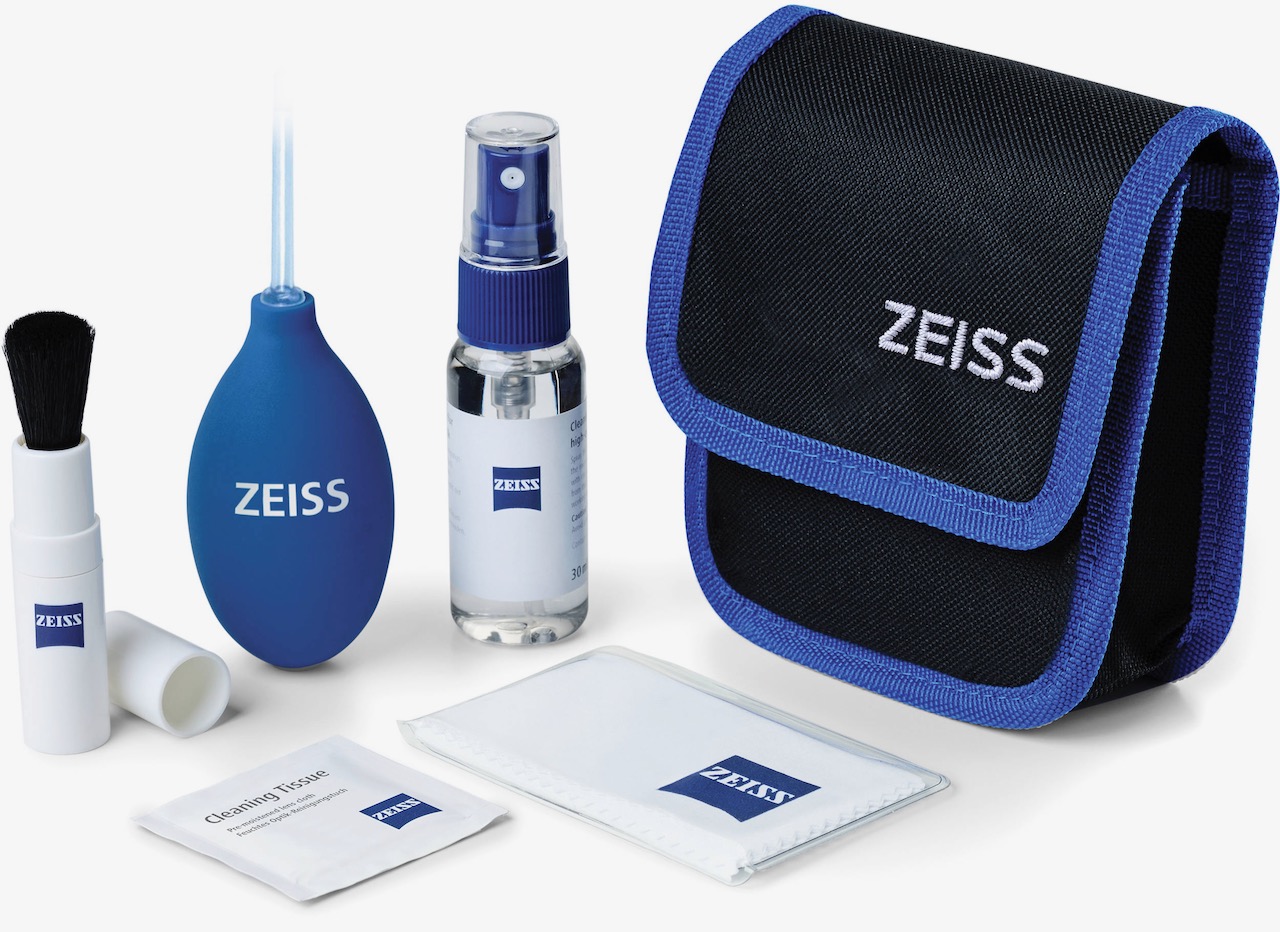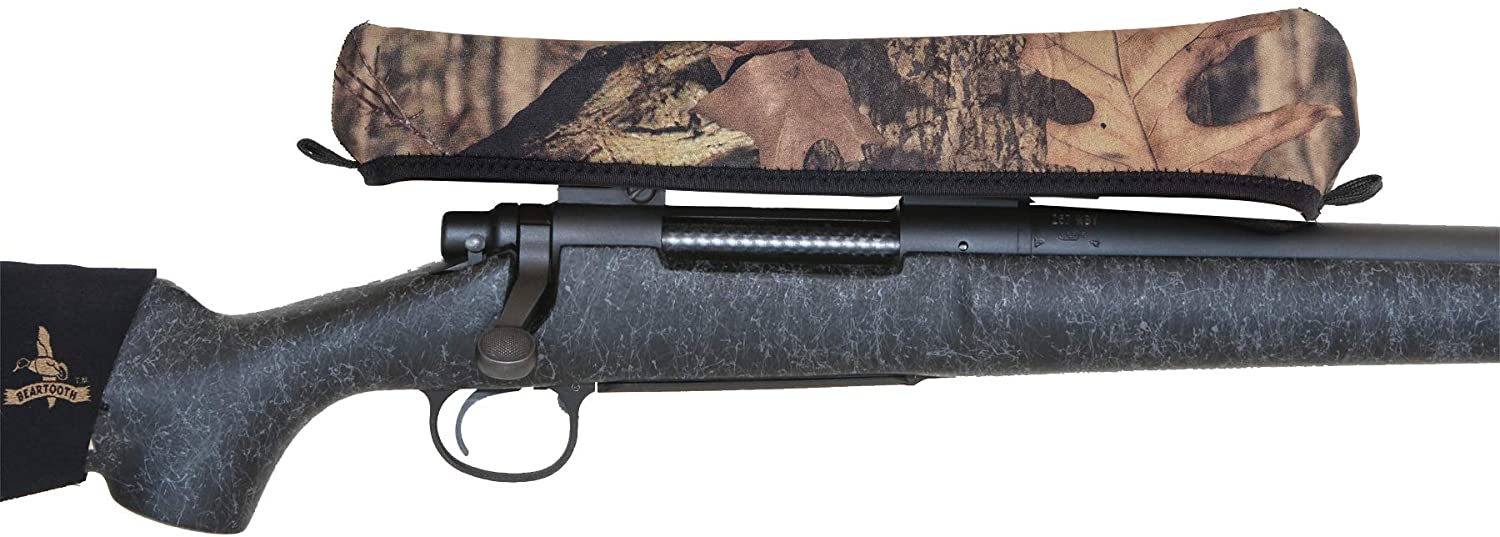SEE CLEARLY
How to keep your hunting optics clean and at the ready
Advertisement
If you’re anything like me, your optics frequently get exposed to dirt, dust, rain and snow. That makes routine lens cleaning a must. Whether they’re spotting scopes, rangefinders, riflescopes or binoculars, all optics require regular maintenance to keep them free of scratches and functioning properly. Here’s how best to get the job done.
Advertisement
#1 COATING CONSIDERATIONS
Most optics feature some type of protective lens coating, with some being better than others. In general, you get what you pay for. In turn, the type of coating determines what you can, and can’t, use to clean the lens. You can use acetone on some higher-end optics, for example, but make sure it doesn’t come into contact with rubber or plastic components. Although acetone is an exceptional cleaning agent, I don’t recommend it for most lower- to mid-range optics. It’s best to ask the manufacturers what cleaning solutions they recommend.
Advertisement
#2 CLEANING TOOLS
A commercial lens-cleaning kit (above) typically includes cleaning solution, a fine lens brush, pre-moistened lens-cleaning tissues, a microfibre cleaning cloth and sometimes an air blower. Some kits also include a dual-purpose cleaning pen, which features a fine brush on one end and a cleaning pad on the other for rubbing directly on the lens. Clean water is arguably the best—and most universally available—solution for cleaning lenses. Some optics are waterproof, so you can completely soak them; I routinely rinse my Swarovski optics in the shower, for example. Allowing your optics to air dry is best, but wiping them down with a microfibre lens cloth is the next best option.
#3 CLEANING PROCESS
Regardless of the optics you’re cleaning, first gently blow away any dust, dirt or grit using compressed air, then whisk away any remaining debris using the lens-friendly brush. Next, carefully fold and dip a small, clean patch of your microfibre cloth in a very small amount of your preferred lens-cleaning solution. Gently clean the lens by working in a circular motion from the centre of the lens outward. Finish with another gentle blast of compressed air to remove any residual dust.
#4 PROTECTIVE MEASURES
The best way to avoid wear on your optics is to minimize their exposure to the elements. Most hunters these days use a bino harness, for example, which is essentially a protective case with shoulder straps to keep your binoculars secured to your chest. Similarly, many hunters use neoprene or other types of covers for their spotting scopes and riflescopes (above). Finally, when your optics aren’t in use, always remember to put the lens covers back on, and store them in their protective cases.




